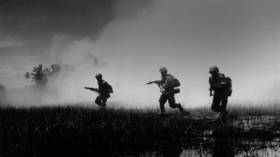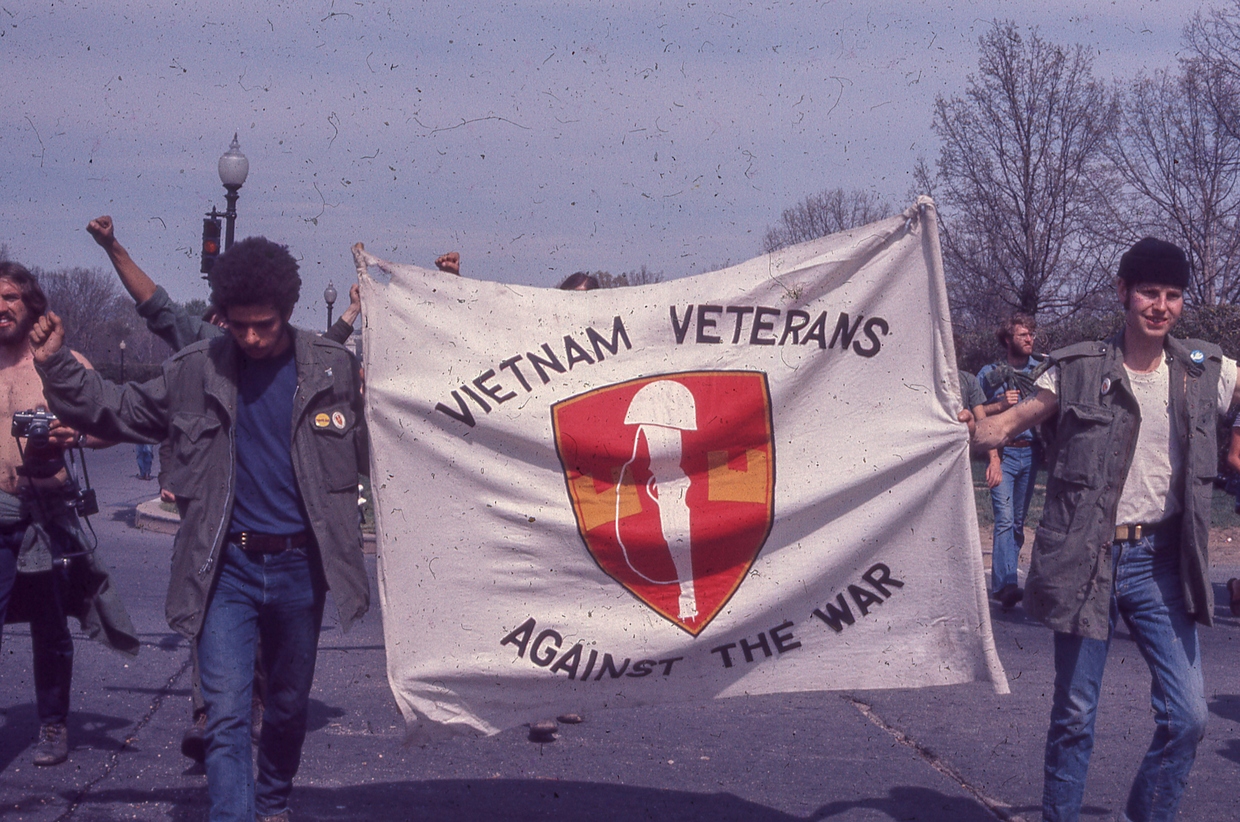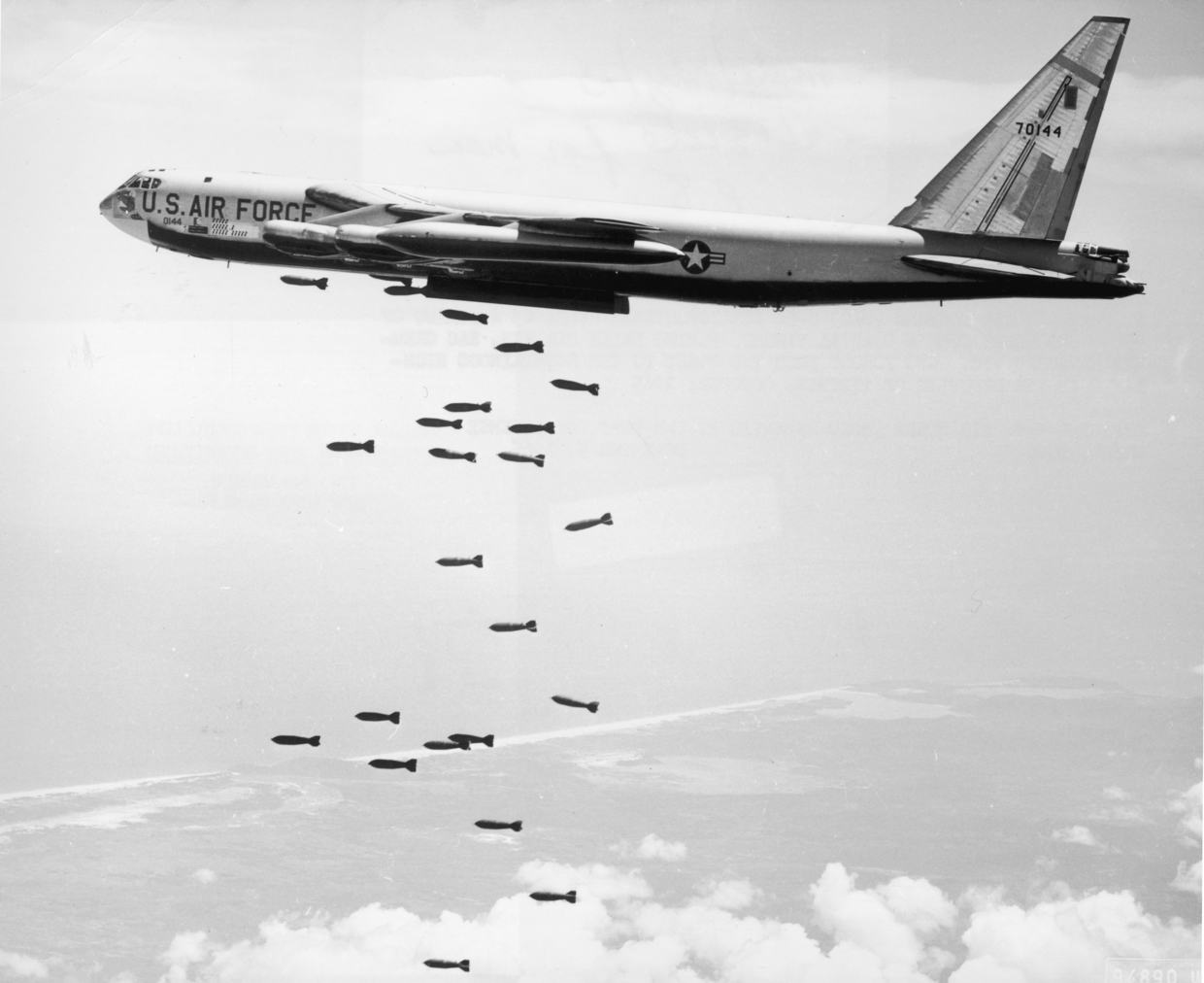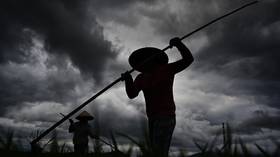
'I couldn't comprehend why we were there': Many Americans hated the Vietnam War but then forgot about it

In contrast to modern conflicts, the Vietnam War attracted the wrath of the political left, which campaigned vehemently against it. The outrage even led to attacks on veterans. On Vietnam War Veterans Day, almost half a century after the last US troops left the country, RT tries to understand – what was it about this particular conflict that struck a nerve?
If America’s soul becomes totally poisoned, part of the autopsy must read ‘Vietnam.’
– Martin Luther King Jr., 1967
Aside from it being the hottest day of his life, Avery ‘Boots’ Jackson remembers March 15, 1969 as the day he narrowly escaped death in the jungles of Vietnam.
Seated inside a US Army transport helicopter with 11 other soldiers, the 19-year-old recruit watched in silence as the lush forest canopy sped past below him, almost close enough to touch, as the machine raced towards the designated drop zone in southern Vietnam just miles from the Cambodian border.
“It was over 100 degrees that day,” Jackson recollected via email. “I actually felt sort of grateful for the air blowing through the cabin of the helicopter, even though I knew it was delivering us straight to hell.”
A black American from Louisville, Kentucky who never finished high school, Jackson had been drafted into the US Army nearly six months earlier. Like thousands of other American men, he found himself almost overnight as a foreigner in a foreign land, fighting against an adversary he knew almost nothing about except that his government told him it was his mortal enemy. The geopolitical details of the 10-year campaign that saw the US government fighting a proxy war on the side of South Vietnam against North Vietnam, which was being supported by the Soviet Union and China, were beyond his limited abilities at the time to appreciate.
“I really couldn’t comprehend why we were there,” he explained, “and why it was so important to kill these people who never did me any wrong.”
When the squadron of helicopters touched down in the misty jungle clearing, with the Sun still low in the morning sky, Jackson described how he and his platoon of some 40 men disembarked and scrambled for cover in the shadows of the bush. On this day, their mission was to locate a village situated three kilometers away on the Vietnam-Cambodian border and ‘neutralize’ any Vietcong that may have infiltrated the area. It was these sorts of perilous operations that had all the potential for turning into blood baths between suspicious soldiers and terrified villagers.
One year earlier, two battalions of the US Army were involved in a horrific incident that is now known to history as the My Lai Massacre, described by the historian and political scientist Bernd Greiner in his book ‘War without Fronts: The USA in Vietnam’ as “the most shocking episode of the Vietnam War.”
On the morning of March 16, 1968, during a ‘search and destroy’ operation to drive out members of the People’s Army of Vietnam, otherwise known as the ‘Vietcong,’ the unimaginable order was given amid the tumult to indiscriminately slaughter over 500 women, children and elderly. When news of the atrocity finally reached the American public over a year later, the momentum to bring a halt to the Vietnam War had already reached a crescendo.
On November 15, 1969, an estimated 500,000 people marched on Washington, DC, the largest anti-war protest in US history, the culmination of many years of anti-war agitation from all quarters of American society.
The original architects of the Vietnam War under then-President John F. Kennedy were forced to contend with more than their Soviet archrivals and the weapons and supplies they were pouring into North Vietnam. They were also forced to contend with the marginalized underbelly of American society that had inspired the civil rights movement, not to mention the ‘hippie’ counterculture phenomenon. These cultural movements make for poor bedfellows with the military industrial complex.
When the US military began its active operations in Vietnam in March of 1965, this allowed a number of artists to tap into a wave of anti-establishment rebelliousness then sweeping the nation. A number of American singers and songwriters, like Phil Ochs, John Fogerty, John Lennon, Jim Morrison and Bob Dylan, to name just a few, contributed to a pantheon of anti-war songs that eventually numbered in the thousands. In December 1964, just as the anti-war movement was lacing up its boots, the singer Joan Baez took her activism off stage as she personally led 4,000 people in an anti-war demonstration at University of California, Berkeley, where eventually 800 participants were arrested. Not to be outdone, the American actress Jane Fonda earned herself fiercely mixed reviews after she paid a visit to a North Vietnamese military unit and was even photographed sitting on an anti-aircraft gun position.
This massive counterculture movement that had been simmering below the surface of the Vietnam War for years finally erupted in August 1969 on a 40-acre piece of farmland in New York now famously known as Woodstock. It was there that Country Joe and the Fish performed before a crowd of 400,000 one of the most memorable Vietnam protest songs, ‘I-Feel-Like-I’m-Fixin’-to-Die’, which carried the lines:
Well, come on all of you, big strong men
Uncle Sam needs your help again
He’s got himself in a terrible jam
Way down yonder in Vietnam
So put down your books and pick up a gun
We’re gonna have a whole lotta fun

The roots of wrath


